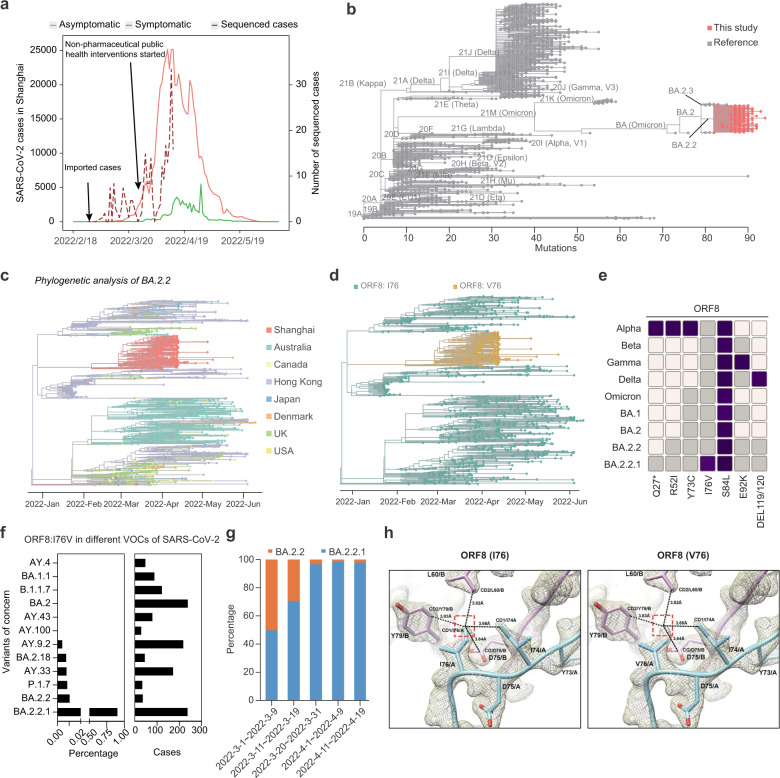Fig. 1. Molecular characterization of the Omicron variant driving the wave of SARS-CoV-2 outbreak in Shanghai during spring 2022.
a Sample collection times during the recent COVID-2019 outbreak in Shanghai. Total COVID-19 cases are shown in solid lines (red: asymptomatic cases; green: symptomatic cases). Sequenced cases are shown in dashed line. The timeline of the first imported case report and the start of public health interventions are indicated. b Phylogenetic analysis of SARS-CoV-2 variants. SARS-CoV-2 reference genomes are shown in gray; 253 SARS-CoV-2 genomes in Shanghai are shown in red. Main SARS-CoV-2 subvariants are indicated. c Phylogenetic analysis of SARS-CoV-2 genomes grouped under the BA.2.2 subvariant. Each color indicates the region where each genome was reported from. d Phylogenetic tree under the BA.2.2 subvariant as in c. The yellow color indicates genomes carrying BA.2.2.1-characteristic mutation: A28119G (ORF8:I76V). e Mutation profiles of selected SARS-CoV-2 VOCs. Affected amino acid residues are shown below. Color gradient indicates relative mutation frequencies. Non-mutated sites are colored in gray. f The percentages and case numbers of various VOCs of SARS-CoV-2 with the A28119G (ORF8:I76V) mutation. g The percentage of BA.2.2.1-infected cases increased over time during the COVID-19 outbreak in Shanghai. h I76V at the noncovalent dimerization interface observed in the crystal structure of ORF8 (Protein Data Bank accession code: 7JTL) involving 73YIDI76. ORF8 models are shown as cartoon, and colored in cyan (chain A) and pink (chain B). Electron density (2FO − FC map, contoured at 1.5σ) is illustrated as gray mesh. van de Waals interactions involving a side-chain carbon (CD1) of I76 are indicated as dashed lines (left panel). A simple I76V mutation is introduced and V76 is refined in real space (right panel).

